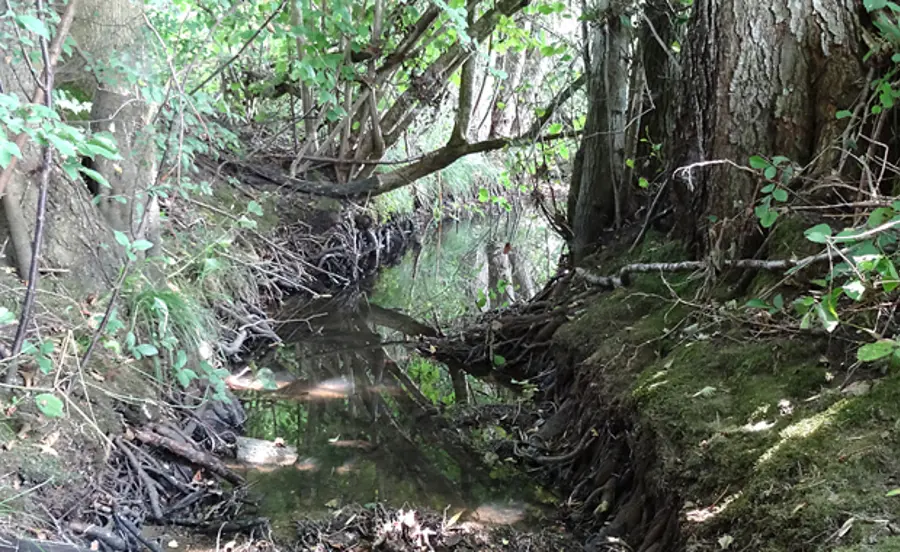
Ecotoxicological Assessment of Bromate
To improve the removal of micropollutants many wastewater treatment plants will be upgraded with an ozonation system in the coming years. Ozonation removes numerous toxic substances from the wastewater but, depending on the wastewater characteristics, also generates unwanted byproducts. Bromide for example can be converted to bromate, a substance that is carcinogenic to humans in high concentrations. Therefore, a tolerance value for drinking water systems has been fixed. So far, not enough studies have been available to assess the effect of bromate on water organisms.
Therefore, the Office for Waste, Water, Energy and Air of the Canton of Zurich has commissioned the Ecotox Centre to assess possible risks of bromate on organisms. First, the toxicity of bromate to daphnia, algae, rotifers and duckweed has been investigated in collaboration with the ecotoxicological laboratory Soluval Santiago. Based on these expanded data, the Ecotox Centre has proposed environmental quality criteria for bromate, i.e. concentrations above which negative effects on organisms can be expexted. Compliance with these criteria should enablean improved protection of aquatic life against short-term and longer-term harmful effects of bromate.
Documents
Substance data sheet for bromate (in German)
Report with additional ecotoxicological data: Study to support the derivation of an Environmental Quality Standard for Bromate